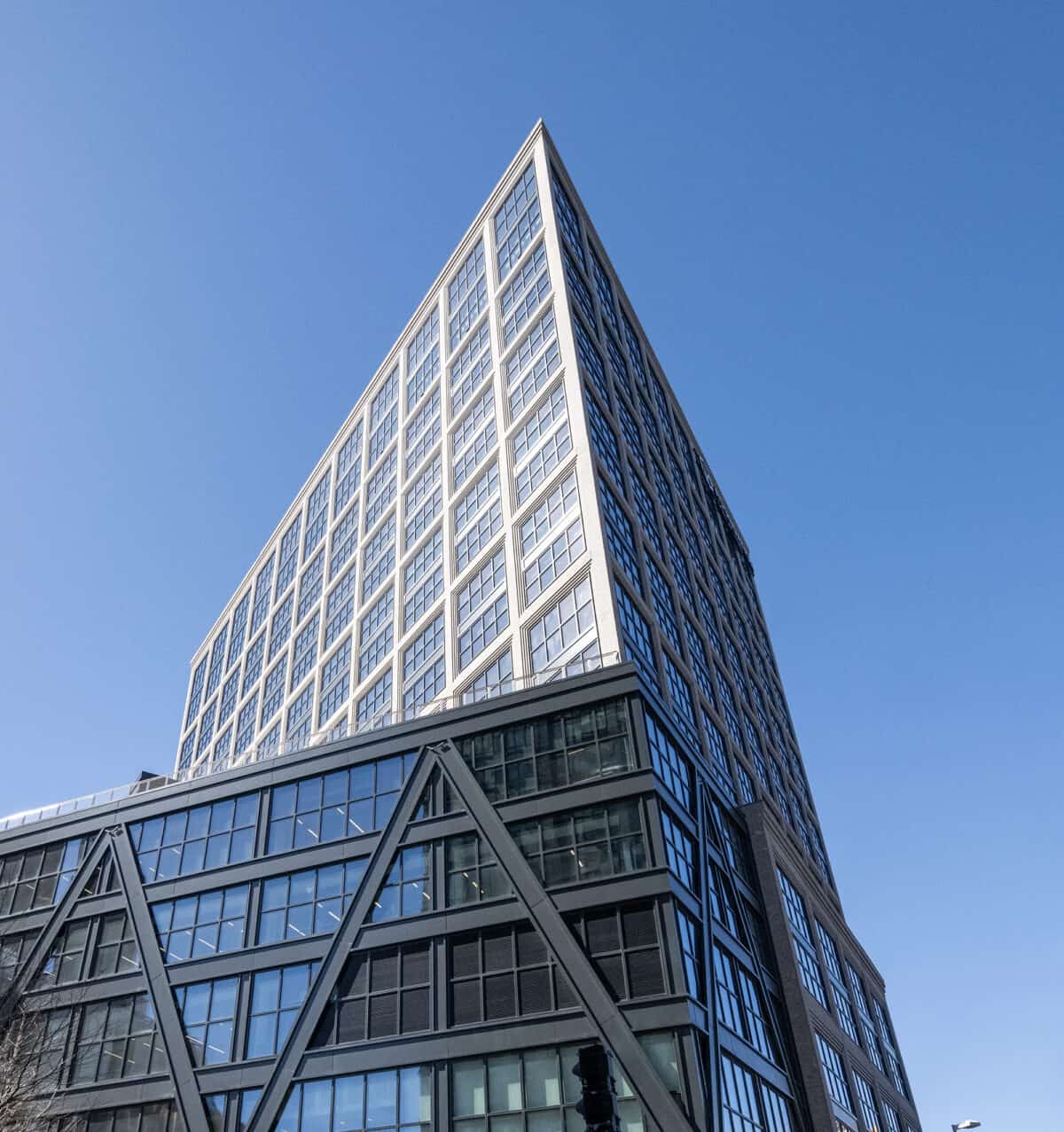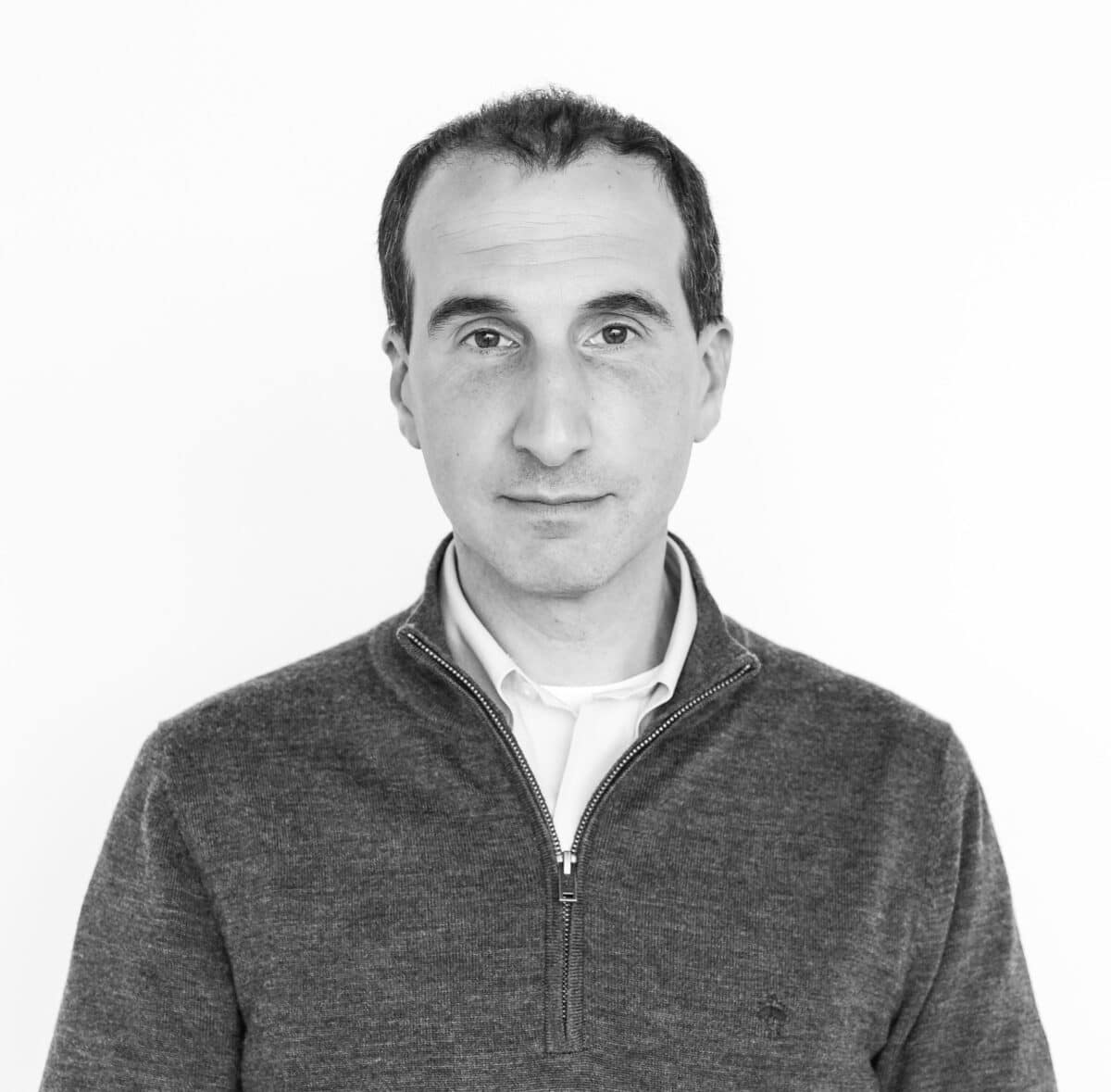
In May 2024, WS Development and Foundation Medicine Inc., a subsidiary of Basel-based Roche Diagnostics, cut the ribbon on a new 600,000-square-foot headquarters building at 400 Summer Street in Boston’s Seaport District. Foundation Medicine is the latest in a long line of major life sciences employers, startup ventures, and mid-stage companies that have migrated to Boston’s Seaport over the past 10 years. Vertex Pharmaceuticals is widely recognized as blazing the industry’s trail to this new neighborhood when it opened its 1.1 million square foot headquarters facility in 2014, which they have since expanded.
The past 10 years have seen Boston’s Seaport District outpace any other submarket in the region in terms of the pace of growth and the volume of companies, large and small, choosing to locate there to enjoy its ecosystem and amenities. Today, the neighborhood stands as the second-largest cluster of life sciences employers in the region and among the top ten such clusters globally. While this outcome has emerged rapidly and is transforming the landscape for the life sciences industry, it follows decades of planning and years of intense and deliberate public-private collaboration led by state and local governments that boldly prioritized economic development, innovation, and job creation.
In the case of 400 Summer Street, it’s the beneficiary of the far-sighted, multi-billion dollar investment in both roadway and transit infrastructure known as The Big Dig that was catalyzed in the 1980s but not completed until decades later. This massive undertaking affords Foundation Medicine’s employees and those of many other companies located in the Seaport District direct highway access in all directions and easy connections to South Station and Logan Airport. This extraordinary multi-modal accessibility and dense network of transportation infrastructure was a key factor in many employers’ decisions to locate in the Seaport District.
During the permitting process for the 400 Summer Street building itself in 2020, the Boston Planning & Development Agency (BPDA), the Inspectional Services Department (ISD), and the Massachusetts Department of Transportation (MassDOT) supported our investment by rolling up their sleeves alongside our project team and moving at the speed of business to issue the wide range of permits and approvals needed to construct this multi-jurisdictional workplace to house Foundation Medicine’s round-the-clock oncology work. Even at the height of the pandemic, leadership at city and state agencies understood and prioritized the importance of our work and the urgency of the project’s mission.
Ours is not the only clear example of government’s engagement leading to great scientific outcomes, however. Vertex’s move to the Seaport was originally catalyzed by a public-private partnership between the Fan Pier development and the City of Boston. Eli Lilly’s Lilly Seaport Innovation Center at 15 Necco was the product of a highly collaborative and coordinated regulatory process with both city and state agencies that facilitated the delivery timeline necessary to support their science.
This consistent pattern of governmental support for science-based economic development has been a critical factor in the City of Boston’s rapid growth as a cluster of knowledge-based industries for over a decade. The life sciences industry’s ability to speed diagnostics and therapies to the patients who need them depends on the speed, predictability, and cost-effectiveness with which the workplaces in which science is pursued can be permitted and constructed. Especially in the present times of economic uncertainty and challenge in the capital markets for growing life sciences companies and new development projects alike, the industry’s collective efforts to treat and cure disease depend on collaboration and a shared sense of purpose from our partners in state and local government.
Today, despite significant economic headwinds, globally impactful advances in oncology, rare diseases, cystic fibrosis, sickle-cell anemia, Type 1 diabetes, and many other disease targets are taking place based on the science being done in Boston’s Seaport. These advances and the ecosystem that is catalyzing the science behind them are an important illustration of the value of engaged and mission-driven state and local governments that actively collaborate with the private sector real estate community to create the regulatory context and physical workplaces necessary for great science to take place. Even the modest public investments at Fan Pier, 400 Summer Street, and 15 Necco noted in this piece have already generated thousands of new jobs, tens of millions of dollars of real estate tax revenue, and countless lives improved and saved.
And so when we cut the ribbon at 400 Summer Street, we as an industry were reminded – and must come to expect – the important collaborative role that our state and local governments play in supporting projects like this one, whose benefits will be felt both locally and worldwide as the life sciences industry continues its work seeking therapies and cures for millions of patients across the globe each year.
About the Author

Yanni Tsipis is Senior Vice President – Development at WS Development in Boston and oversees all aspects of the company’s Boston Seaport project, a 33-acre, 20-block, 7.6 million square foot mixed-use development at the heart of the thriving innovation ecosystem in Boston’s Seaport District. A longtime historian of his native Boston and thought leader in the real estate industry, Yanni has written four books about the history of the city’s transportation infrastructure. He has served on numerous non-profit boards and is a past member of the Boston Landmarks Commission. Yanni holds bachelor’s and master’s degrees from MIT has been a faculty member at the MIT Center for Real Estate for over 20 years.